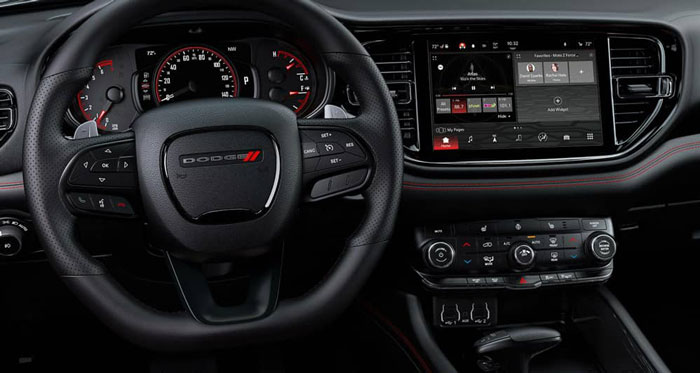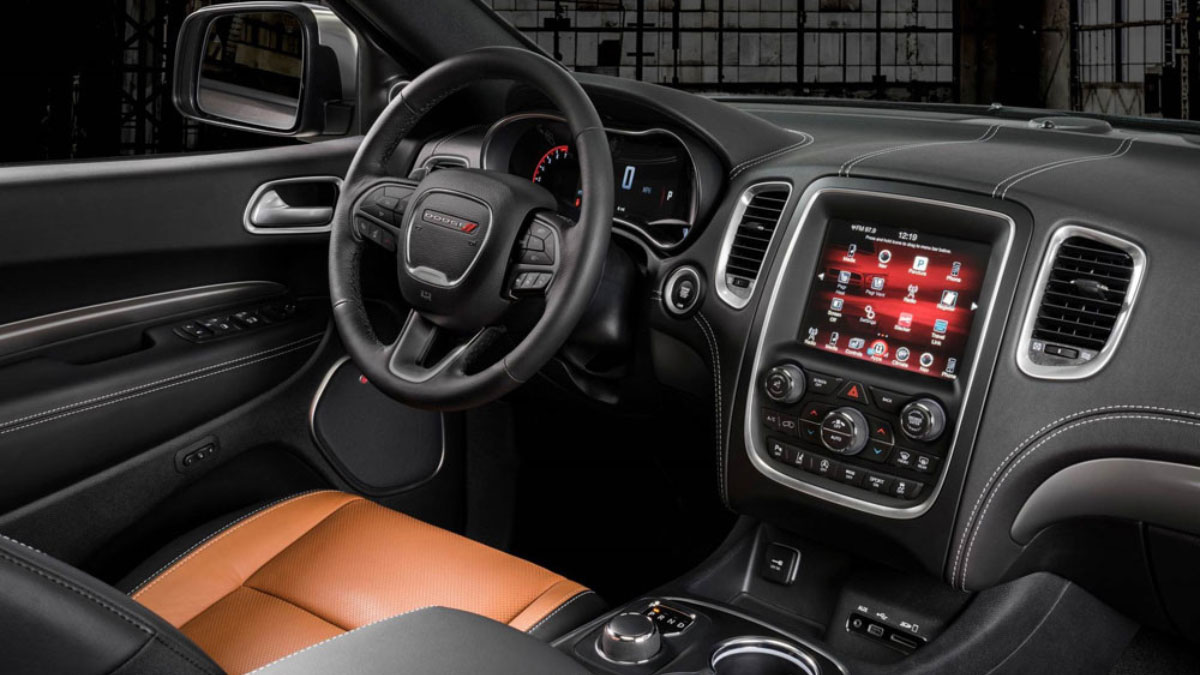If you’re experiencing issues with the climate control system in your Dodge Durango, a reset might just be the solution you need. When the temperature settings seem off or the airflow is not as expected, performing a reset can often resolve these issues quickly and easily. In this article, I’ll guide you through the steps to reset the climate control system in your Dodge Durango, helping you get back to enjoying a comfortable ride in no time.
Resetting the climate control in your Dodge Durango is a simple process that can be done without any special tools or expertise. Whether you’re dealing with air conditioning problems or heater malfunctions, a reset can sometimes work wonders in restoring the system to its optimal functionality. Join me as I walk you through the steps to reset the climate control in your Dodge Durango effortlessly.
Overview of Dodge Durango Climate Control System
In the Dodge Durango, the climate control system plays a crucial role in maintaining a comfortable environment inside the vehicle. Understanding the basic functions and recognizing common issues and symptoms associated with the system can help in troubleshooting potential problems more efficiently.

Understanding the Basic Functions
The Dodge Durango climate control system is designed to regulate the temperature, airflow, and distribution of air within the vehicle’s cabin. It gives you the ability to adjust the temperature to your desired level, control the fan speed, and choose where the air is directed. By understanding how these basic functions work, you can better utilize the system for a personalized driving experience.
Common Issues and Symptoms
Common issues with the Dodge Durango climate control system may include inconsistent temperature output, weak airflow, strange noises coming from the system, or unresponsive controls. Recognizing these symptoms is essential for diagnosing potential problems and taking the necessary steps to address them promptly. Regularly monitoring the performance of the climate control system can help prevent minor issues from escalating into more significant concerns.
Steps to Reset the Climate Control
Preparation and Safety
Before resetting the climate control in your Dodge Durango, it’s essential to ensure your vehicle is parked safely. Make sure the engine is turned off, and all accessories are switched off as well. This step is crucial to prevent any mishaps during the reset process and to avoid draining the battery unnecessarily.
Detailed Reset Process
To reset the climate control system in your Dodge Durango, you can follow these simple steps:
- Access the Climate Controls: Locate the climate control panel in your vehicle. This is typically found in the center console or dashboard area.
- Turn the Ignition On: Insert the key into the ignition and turn it to the “On” position. You don’t need to start the engine for this reset procedure.
- Press and Hold Buttons: Depending on your Dodge Durango model year, the specific buttons to press may vary. Usually, you’ll need to press and hold the power button and the temperature increase button simultaneously.
- Wait for Reset: Hold the buttons down for about 10-15 seconds until you see the climate control system reset. This process may cause the system to reboot, clearing any minor issues that were affecting its performance.
- Check Climate Control: Once the reset is complete, check to see if the climate control system is now functioning correctly. Test the temperature settings, airflow, and air distribution to ensure everything is working as it should.
By following these steps, you can easily reset the climate control system in your Dodge Durango and address any issues you may have been experiencing with temperature control or airflow.
Troubleshooting Post-Reset Issues
When to Seek Professional Help
If after resetting the climate control system in your Dodge Durango, you notice persistent malfunctions such as erratic temperature changes or airflow inconsistencies, it’s advisable to seek professional assistance. Ignoring prolonged issues post-reset could indicate underlying mechanical or electrical problems that require expert diagnosis and repair. Remember, a timely consultation with a qualified technician can prevent further damage and ensure optimal performance of your vehicle’s climate control system.
Maintaining Your Climate Control System
When it comes to maintaining your Dodge Durango’s climate control system, there are a few key tips to keep in mind to ensure optimal performance and longevity.
Regular Maintenance Tips
To keep your climate control system in top condition, it’s essential to replace the cabin air filter every 15,000-25,000 miles. This helps maintain clean airflow and prevents dust and debris from affecting the system’s efficiency. Additionally, inspecting and cleaning the vents and ducts regularly can help prevent blockages and ensure consistent airflow throughout the vehicle.
Signs of Potentially Bigger Issues
Being aware of early signs of potential problems with your climate control system can save you time and money in the long run. If you notice strange odors, weak airflow, or unusual noises coming from the system, it could indicate underlying issues that require attention. Addressing these signs promptly can help prevent more significant malfunctions and costly repairs down the line.
Conclusion
Resetting the climate control system in your Dodge Durango is a straightforward solution to common issues like incorrect temperature settings or airflow problems. Following safety precautions and the step-by-step guide provided can help you effectively address these malfunctions. Remember, if persistent issues arise post-reset, it’s best to seek professional assistance to diagnose any underlying mechanical or electrical problems. Regular maintenance, such as replacing the cabin air filter and keeping vents clear, is crucial for optimal system performance. By staying vigilant for warning signs and addressing them promptly, you can prevent major malfunctions and costly repairs. Taking these proactive steps will ensure your Dodge Durango’s climate control system functions efficiently, keeping you comfortable on the road.
Frequently Asked Questions
How do I reset the climate control system in a Dodge Durango?
To reset the climate control system in a Dodge Durango, start by turning off the engine. Disconnect the car battery for about 10 minutes. Reconnect the battery and turn on your vehicle. Your climate control system should be reset now.
What are the benefits of resetting the climate control system in a Dodge Durango?
Resetting the climate control system can help address issues like incorrect temperature settings or airflow problems. It’s a simple and effective way to resolve malfunctions without needing special tools.
When should I seek professional help after resetting my Dodge Durango’s climate control system?
If you experience persistent malfunctions like erratic temperature changes or airflow inconsistencies after resetting your climate control system, it’s advisable to seek professional help. These issues may indicate underlying mechanical or electrical problems that require expert diagnosis and repair for optimal performance.
What maintenance tips can help keep the Dodge Durango’s climate control system efficient?
Regularly replacing the cabin air filter and inspecting/cleaning vents and ducts can prevent blockages and ensure consistent airflow in the Dodge Durango’s climate control system. Being vigilant about signs like strange odors, weak airflow, or unusual noises can help detect potential problems early and prevent more significant malfunctions.

